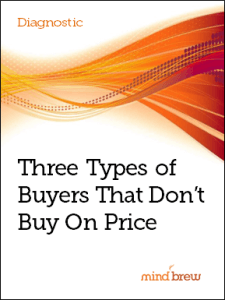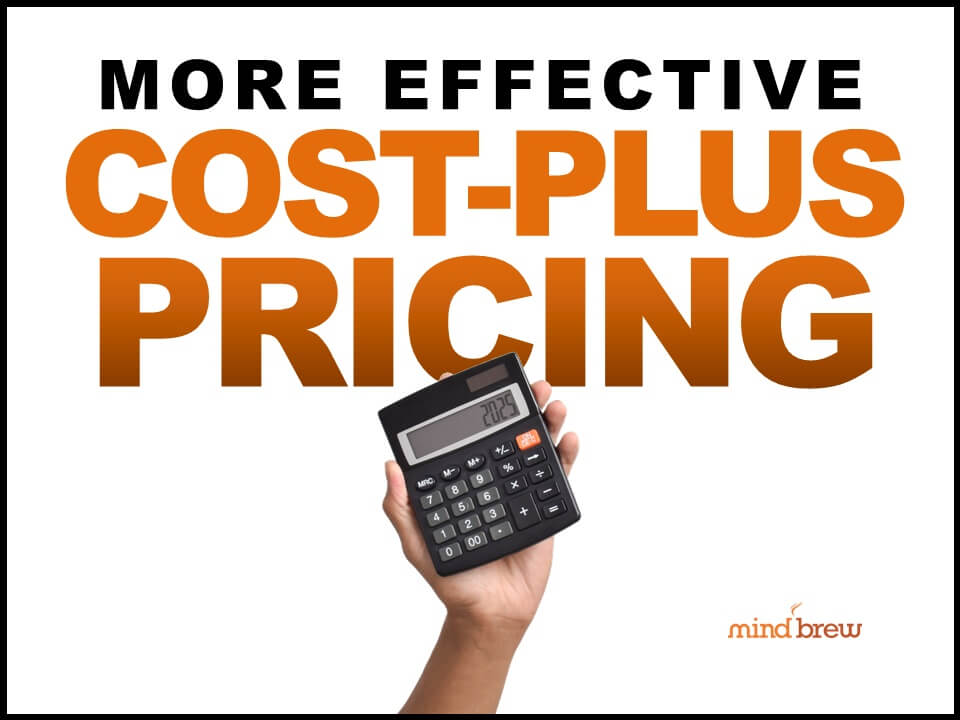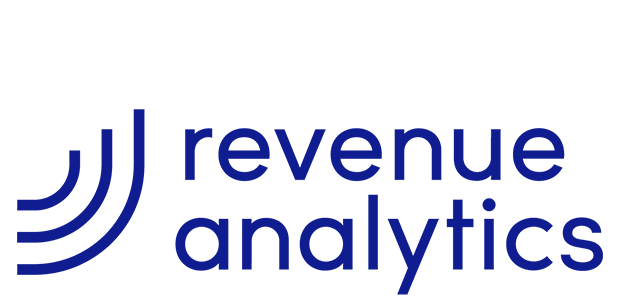When looking to adopt better price management strategies, we find many companies struggle to know where to start. The good news is that, although there may be obstacles to overcome, businesses don’t have to try to navigate the path blindly. A roadmap to better pricing does exist—if you only know where to look.
To that end, here are three critical markers we find businesses often overlook. Follow these signposts, and you’ll be well on your way on the path to profitability.
- Cross-Functional Pricing Teams
All too often when it comes to price, the product managers know what they’re doing, the marketing manager knows what she’s doing, and the sales reps know what they’re doing. And yet, no one has a complete view of the whole picture. This can result in missed opportunities and a weak structure applied to pricing decisions overall.As businesses embrace more holistic management philosophies, we expect to see more businesses also embracing cross-functional pricing teams. Ideally, these teams will include representatives from the executive level, such as a CEO or COO, as well as marketing, product managers and sales. By tearing down the silos and encouraging open communication, individuals will gain a better understanding of the cumulative flow of pricing decisions, so they can see how each decision impacts the final outcome. This improved awareness will lead to more strategic decision making and a stronger bottom line. - Centralization of Customer Accounts
The sheer number of customer segments in a business can sometimes be overwhelming. Often the mix includes both small, low-volume buyers as well as large enterprise accounts with multiple locations and buying departments. Particularly for these large accounts, establishing a discounting structure that provides consistent pricing across all the account’s channels can be a challenge.Moving forward, businesses will increasingly turn to centralization of these large customer accounts, ensuring purchasing conversations are handled from a single central point on the customer side. This will allow the business to leverage incentivized structures for the customer, such as discounted pricing or a rebate program. For the customer, rather than diluting their buying power across multiple locations, this centralization will allow them to get full benefit from their purchasing volume—and, in return, encourage them to give more of their wallet share to the business. The end result is a win-win for both customer and business. - Improved Data Visibility
Traditionally, businesses have relied on ERP or other BI systems to provide the financial and production data they need. But from a pricing perspective, these systems are often inadequate for producing the drilled-down data required for more complicated analysis, such as past pricing performance or future predictions. If a business must manage a high volume of both products and customers, this lack of information can be a serious obstacle.Instead, pricing managers will recognize the need for more sophisticated data to drive their decisions. Managers will seek to track such metrics as list price changes, cost changes and price discounts over a period of time, which, in turn, will allow the manager to understand customer and product profitability on a granular level. This actionable insight will give the manager critical clarity on the impact pricing decisions have on the business.
The path to profitability is not always straightforward, but with the right strategy and tactics, it can be navigated. If these trends are any indication, businesses that are prepared to follow this direction will ultimately reach their desired destination.













